By Chinonso Anyaehie
We are currently wasting valuable energy fighting the wrong battle. Since the public release of ChatGPT, educational institutions have scrambled to find a technical solution to a pedagogical problem. We have poured resources into “AI detectors,” updated honor codes, and threatened students with academic probation.
But the reality is simple, if uncomfortable: You cannot reliably detect AI in homework. Period.
The current crop of detection tools provides a false sense of security.1 They are easily bypassed by simple prompting techniques, and worse, they are prone to false positives—often flagging the rigid grammar of non-native English speakers as “artificial.”2
If we accept that we cannot police what happens outside the classroom, we must fundamentally change how we assess what happens inside of it. We have to stop asking, “Did a student write this?” and start asking, “Does the student understand this?”
The Death of “Homework as Assessment”
For decades, the standard model involved instruction in class and assessment (essays, problem sets, coding assignments) at home. Generative AI has inverted this logic. Schools must now assume that any work produced outside the classroom is AI-assisted.
This doesn’t mean homework is dead, but its function has changed. Homework should be for exploration, information retrieval, and initial synthesis. However, the grade—the verification of learning—must shift back into the physical classroom.
We are entering the era of the “New Flipped Classroom.”
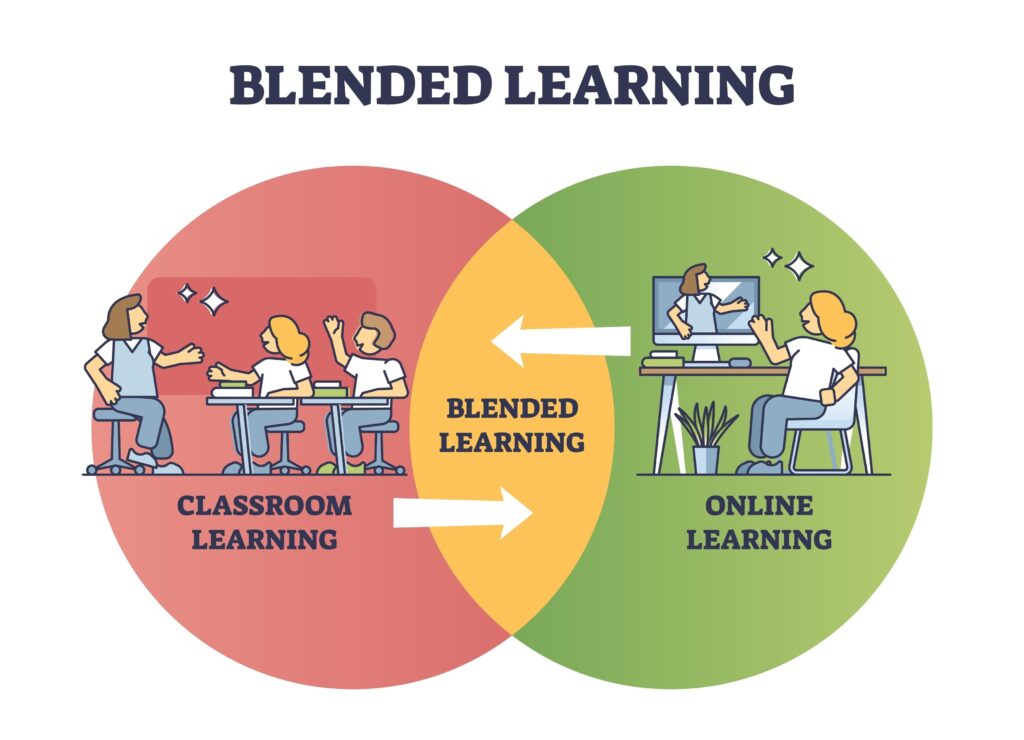
In this model, evaluation happens where teachers can observe it. If students know they will face an in-class blue-book essay, an oral defense of their code, or a whiteboard problem-solving session without digital aid, the motivation shifts. They will use AI at home not to cheat, but to prepare. They will learn the material because they know they have to perform, live, without a net.
The Calculator Paradox
Some argue we should ban AI entirely; others say we should let it run wild. The answer lies in the “Calculator Paradox.”
Math teachers still teach long division and times tables, even though every student carries a calculator in their pocket. Why? Because if you don’t understand the fundamentals, you cannot judge if the calculator’s answer makes sense. You become helpless.
AI is the most powerful calculator ever invented, but it is also a confident liar. It hallucinates facts and invents citations. Therefore, our students need two distinct skill sets:
- AI Literacy: The ability to prompt, iterate, and leverage AI for high-level work.
- Foundational Critical Thinking: The unassisted ability to discern truth, structure arguments, and solve problems so they can audit the AI’s output.
We want students to use AI, but we cannot allow them to be helpless without it.
A Spectrum of Assessment
Moving forward, teachers must become intentional designers of assessment environments. We need to move away from a “one-size-fits-all” policy and embrace a spectrum of flexibility:
- The “Clean Room” (Level 0): In-class, pen-and-paper, or air-gapped computers. This measures raw cognitive ability and ensures the student owns the knowledge.
- The “Cyborg” (Level 1): Assessments where AI is allowed, but the grading rubric is aggressively higher. If AI can generate a “B” paper in seconds, a “B” is now a failing grade. Students must show how they improved upon the AI’s output.
- The “Auditor” (Level 2): Give the student a flawed, AI-generated response and grade them on their ability to critique it, find the hallucinations, and improve the reasoning.
The Path Forward
The goal is not to catch students cheating; the goal is to ensure learning.
By accepting that AI detection is a myth, we free ourselves to focus on what matters. We must raise the bar for at-home work (expecting AI assistance) while simultaneously re-anchoring the ultimate proof of competence in the classroom.
Students should be excellent at using AI, and fully capable without it. The only way to get there is to flip the model.
Next Step
Would you like me to create a sample assignment rubric demonstrating the “Level 1” or “Level 2” assessment mentioned in the article?
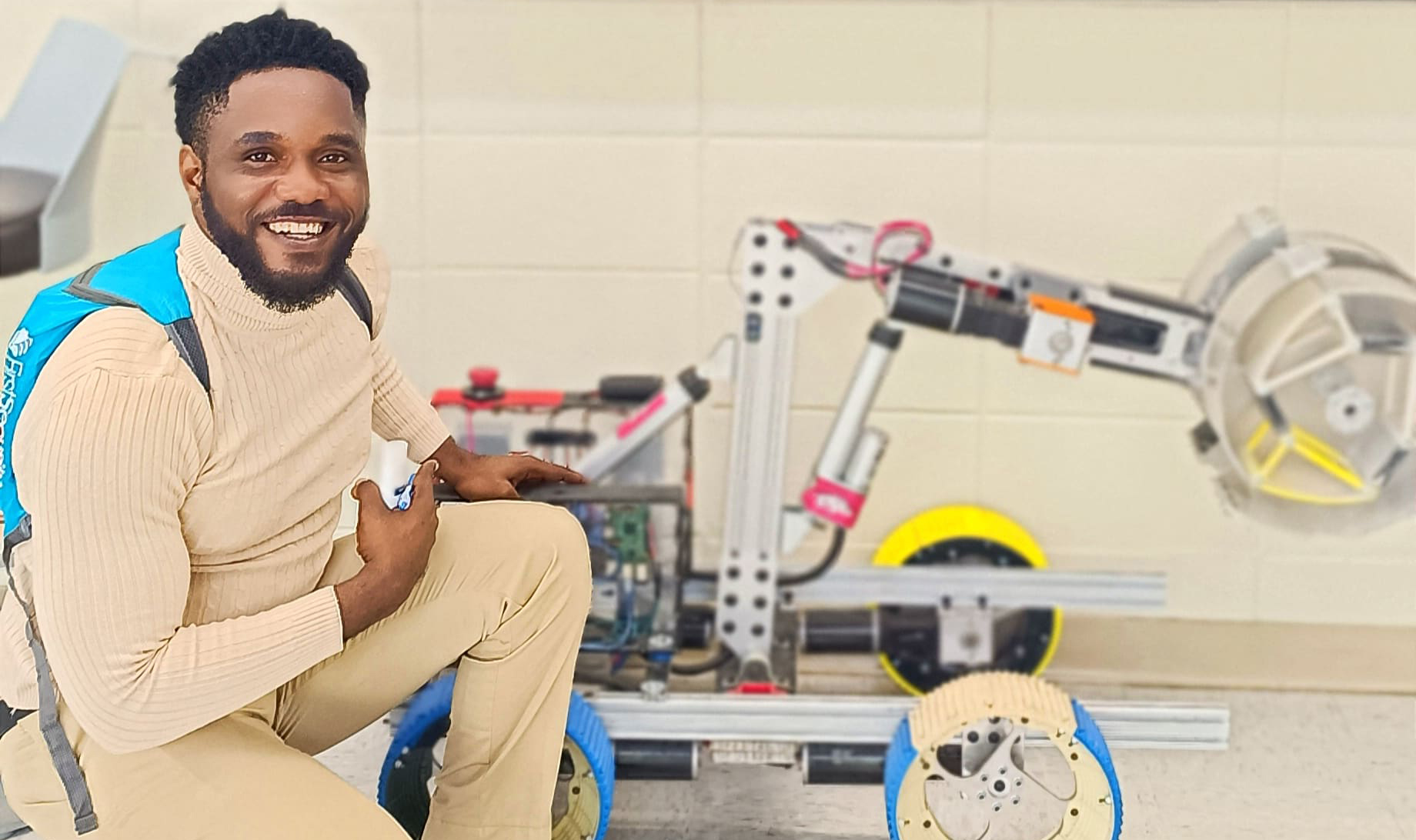
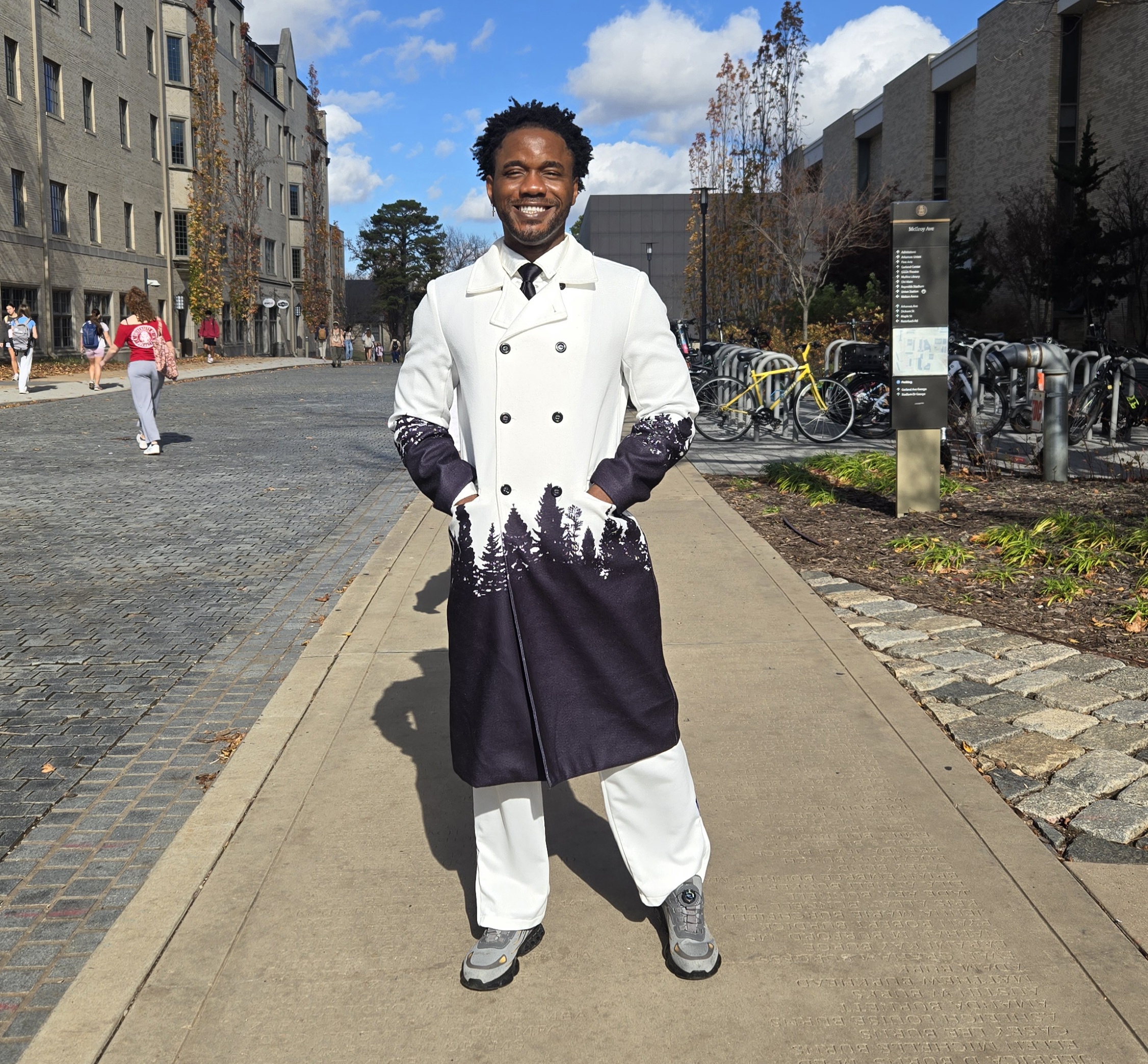





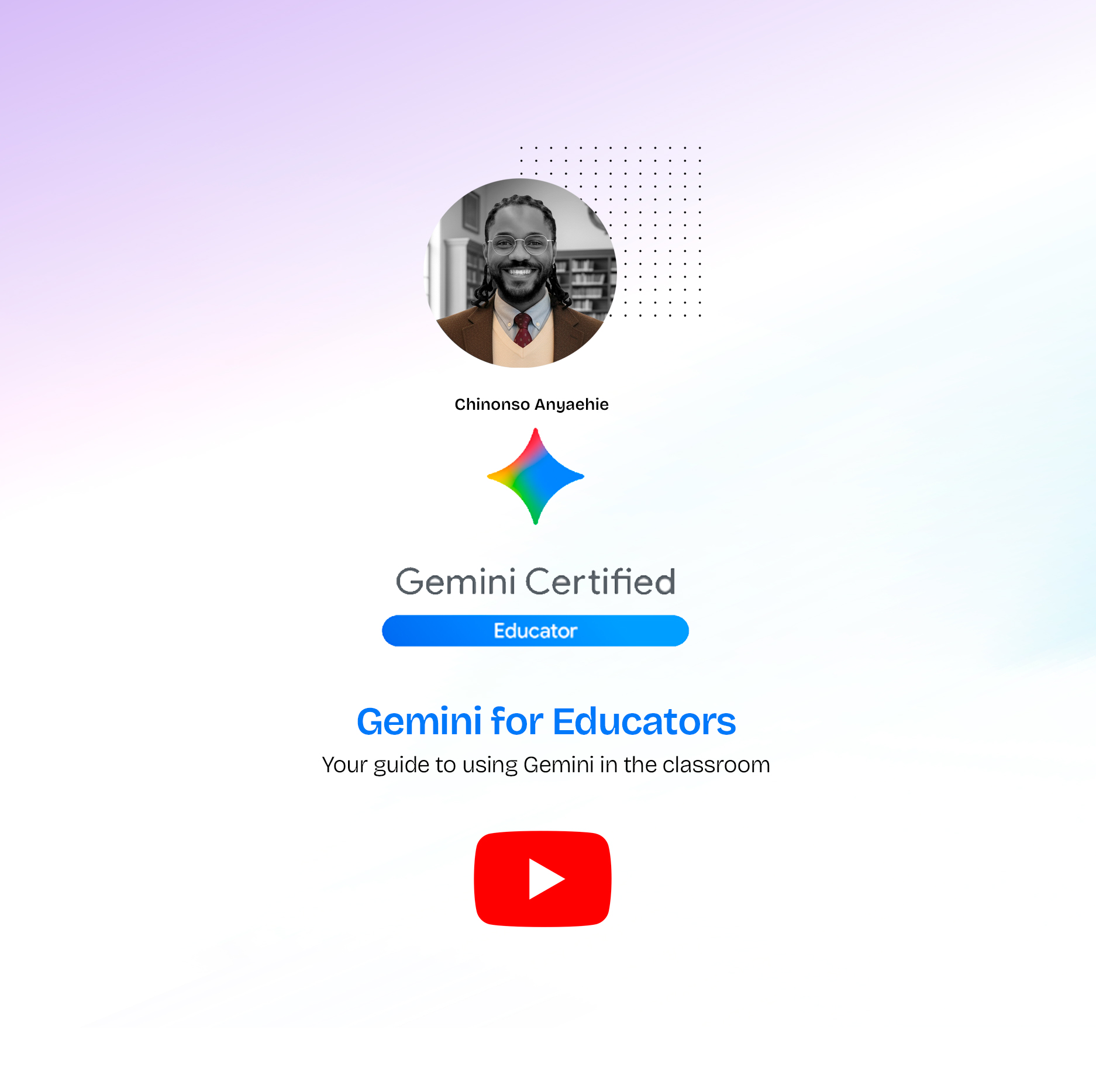
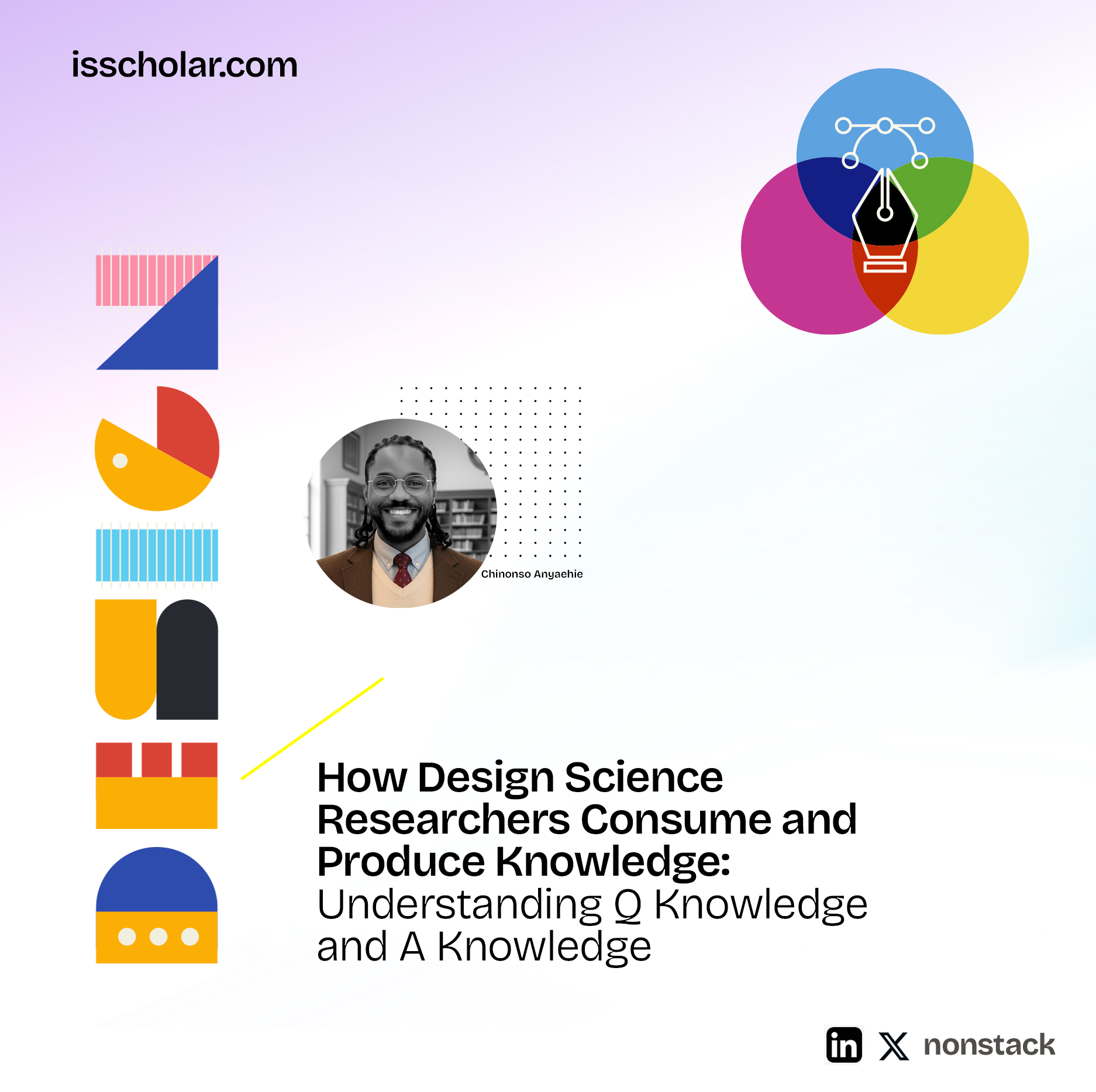
Leave a Reply